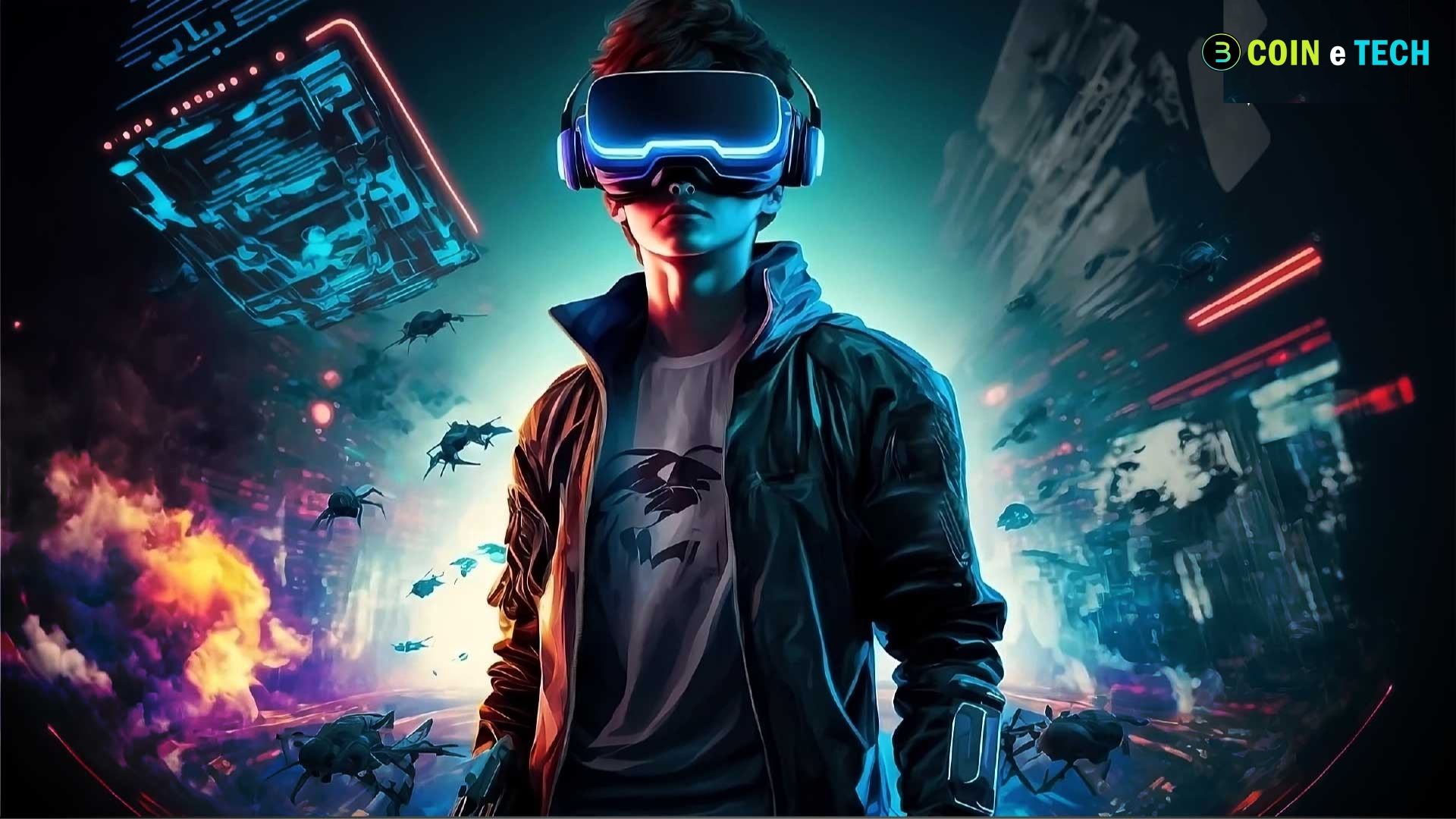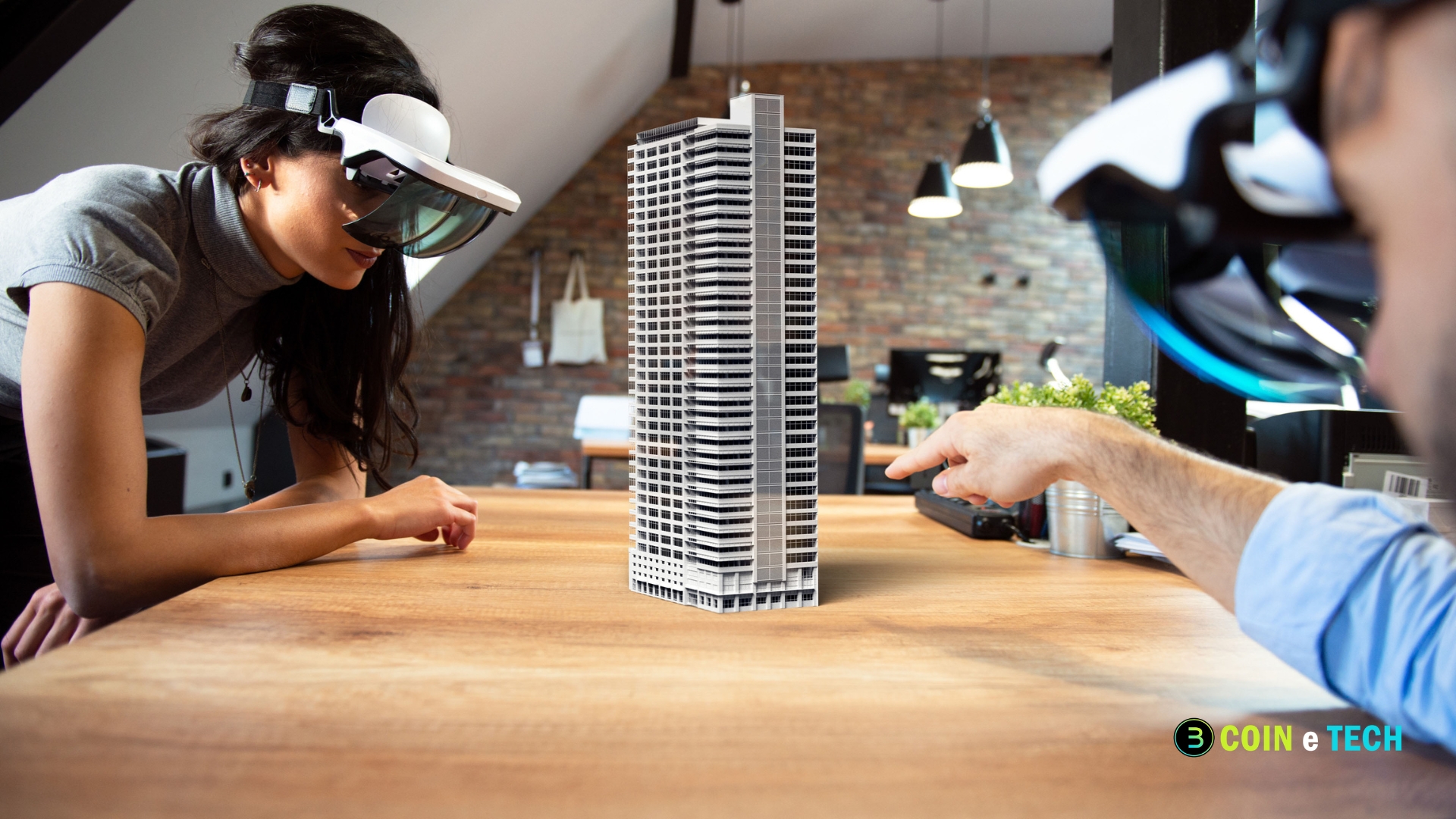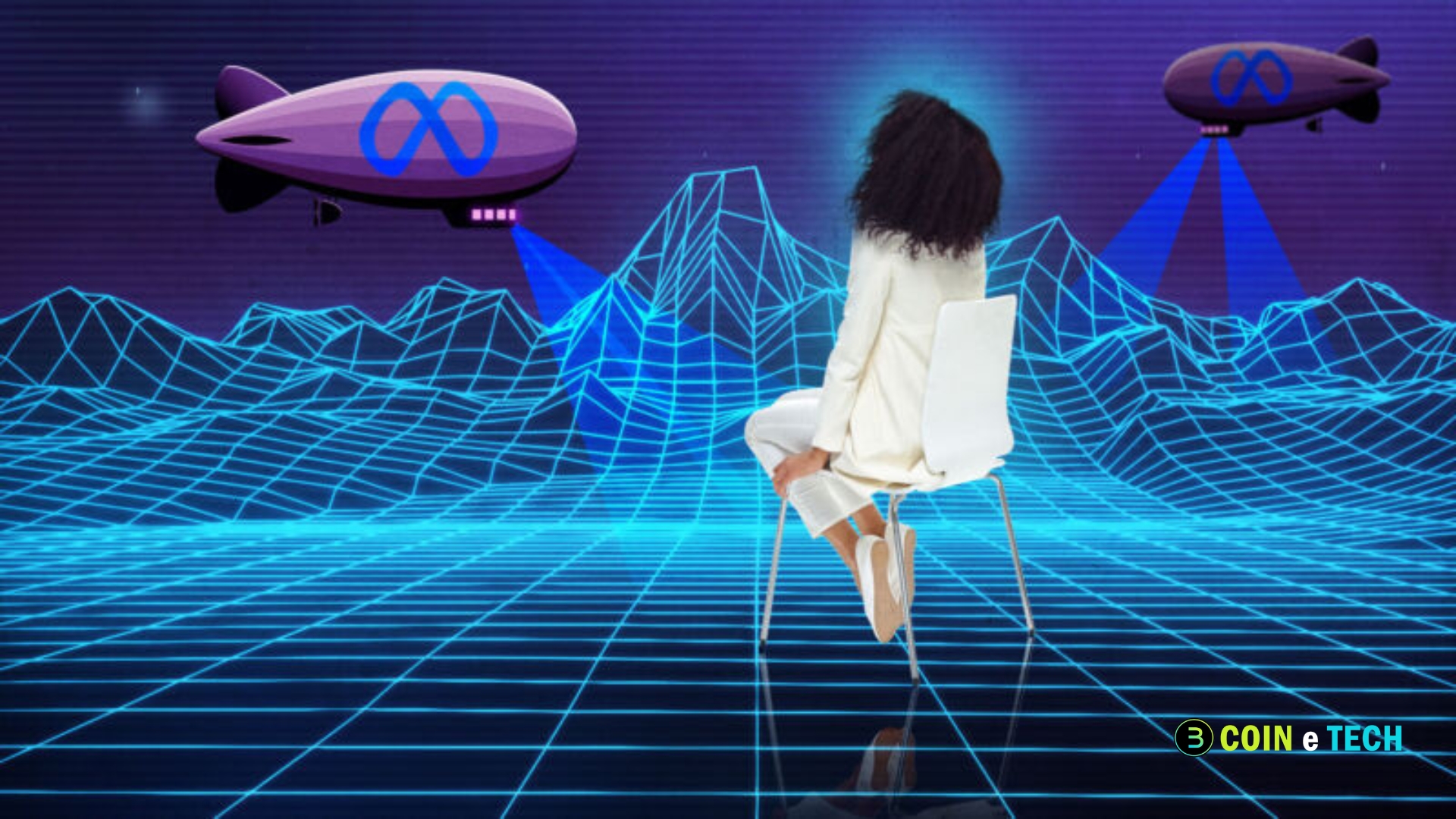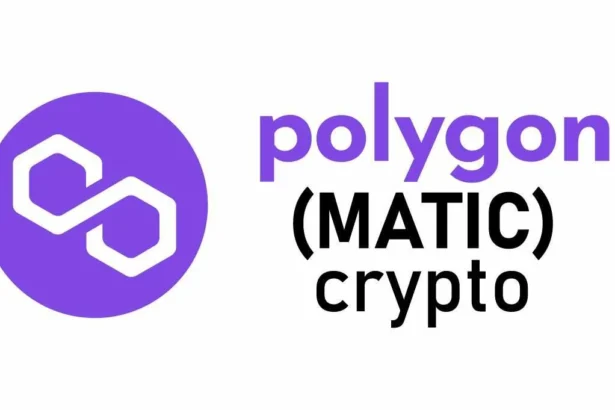metaverse a concept? The term “metaverse” refers to an online environment that goes beyond what is achievable in the real world by connecting various entities in real time, whether people, locations, things, or data. There is much hope that the metaverse can improve people’s lives. Many believe it will have far-reaching positive effects on our relationships, the quality of our healthcare, our educational possibilities, and our gaming experiences, as well as open up new avenues for commercial growth through the development of digital money and economies.
Is there just one metaverse?
The term “the metaverse” commonly denotes a singular online environment. In reality, though, numerous metaverses will coexist. Because various metaverses will evolve at different rates and focus on different things, Nokia classifies them into three distinct categories. While these three metaverses will have unique functions, they will have some characteristics. Technologies, equipment, and user interfaces will be shared across many metaverses, and the degree to which they connect will vary. Businesses, groups, and individuals will all have unique needs satisfied by each metaverse instance.
The enterprise and industrial metaverses cater to commercial uses, whereas the consumer metaverse is more concerned with leisure and recreation. An industrial metaverse will center on applications related to operations research and the manufacturing floor, whereas an enterprise metaverse will center on applications related to information technology.
What is an example of the metaverse?
Roblox, Fortnite, Decentraland, and The Sandbox are consumer metaverse virtual reality game systems that let users explore virtual worlds and interact with other avatars. Meta Spark compiles several metaverse instances involving virtual and augmented reality on their website.
Worker safety, knowledge, and productivity can all be enhanced by using industrial and enterprise metaverses’ immersive digital experiences. Digital twins are becoming more commonplace since they aid in the design, manufacturing, and maintenance processes. Six industrial application cases of the metaverse are presented in this article.
Is the metaverse the same as digital twins?
Though distinct, they share a common ancestor. The metaverse and digital twins are two examples of new technology that mirrors our digital interactions. In the metaverse, people engage in three-dimensional virtual space-based interaction with digital items, each other, and their environment. Contrarily, digital twins are exact digital representations of physical things, systems, or settings. A digital twin is an analytical tool that uses real-world data and mathematical models to mimic how a product or setting works. To learn more about digital twins and their uses in the industrial metaverse, watch this video by Nokia partner Dassault Systèmes.
One might construct a metaverse, lifelike recreations of physical things and places by utilizing digital twins. For instance, by building and integrating a digital twin of a city into the metaverse, users can virtually explore and interact with the metropolis. Similarly, the industrial metaverse uses product or device digital twins for design, simulation, testing, and maintenance.
What technology is the metaverse built on?
Devices, platforms, applications, and connectivity are the four main types of technology that make up every metaverse experience. The metaverse can only be accessed using a digital interface or gadget. A simple smartphone or a virtual reality headset and haptic suit will allow for a more integrated physical and virtual experience. Platforms like Spatial.io allow developers to build virtual worlds that can be accessed through virtual reality headsets and mobile devices.
The goal of the metaverse determines whether applications make the virtual area more fun or productive. Finally, for a smooth experience, all four of these components must be connected. See our guide on the future of immersive media for more information.
How do I access the metaverse?
Attempts to enter three distinct kinds of metaverses will be severely limited. For instance, it’s conceivable that Industrial and Enterprise metaverses will coexist in highly guarded, private networks accessible only to authorized personnel of the corresponding businesses. You can use your web browser to access consumer metaverses like those we discussed earlier. A connected head-mounted display may be necessary to access the virtual world in more immersive virtual reality experiences.
To access the experience, you always require the key technological building pieces of the metaverse. A user-facing device is required to access the metaverse. Some apps and platforms run the metaverse environment, and there must be sufficient connection to connect all the devices to those things.
Does metaverse need 5G?
A well-connected metaverse is essential for an immersive experience. Additionally, the sensitivity to round-trip communications is delayed, and the bandwidth needed increases as the immersion level increases. While 5G’s features make it an ideal communications technology for the metaverse, other alternatives exist.
5G aims to revolutionize wide-area communications by providing tremendous bandwidth with low latency. Because of this, it works well for scenarios in the metaverse when users are moving across big areas, such as in the vicinity of a port or airport. While a fixed line and Wi-Fi combination can satisfy latency and bandwidth needs, this setup is more appropriate for indoor local area wireless applications. Using cases at home or in the office makes good technological and financial sense in this context.
Who is building the metaverse?
No one firm will have a monopoly on the metaverse because of the diversity of technology needed to create immersive online experiences and the many possible applications of such experiences. To realize the full potential of the metaverse, it will be necessary for companies that specialize in the technology components that make it up—devices, platforms, applications, and connectivity—to collaborate. By including varied participants in an online community that fosters creativity and produces benefits for all, we can establish a collaborative advantage. Because of this method, metaverses will be welcoming, safe, secure, ecologically friendly, and open to everybody.
Communications service providers will need to enhance network infrastructure, capacity, and efficiency due to the metaverse. Businesses and people will favor metaverse applications that meet their communication demands with new connectivity possibilities. There are several choices, from a private, secure cellular campus network with edge computing to advanced managed in-home Wi-Fi networking to mobile gamers’ on-demand, low-latency network slices.
The Metaverse can only exist with better communication service provider networks. Networks will help businesses, industries, and consumers take advantage of metaverse opportunities. This requires strong, flexible, and extremely powerful networks.
The Wireless Broadband Alliance’s October 2022 study summarizes numerous virtual reality systems’ latency and bandwidth needs. Extreme high-resolution VR targets 1-2.35 Gb/s and 10 ms latency. Speed, bandwidth, and latency must improve significantly. New metaverse capabilities and services from network service providers are ideal for these clients.
Industrial metaverse technology and applications can aid communications service providers with customer operations and network tasks like they do for industry clients. VR or AR can train personnel to use new technologies or do new jobs. Site-specific digital and logical data helps professionals resolve issues faster. In communications service provider networks, logical data layers float above physical equipment and linkages. Metaverse immersive digital worlds will improve network and service operations centers’ situational awareness and time-to-understanding.






